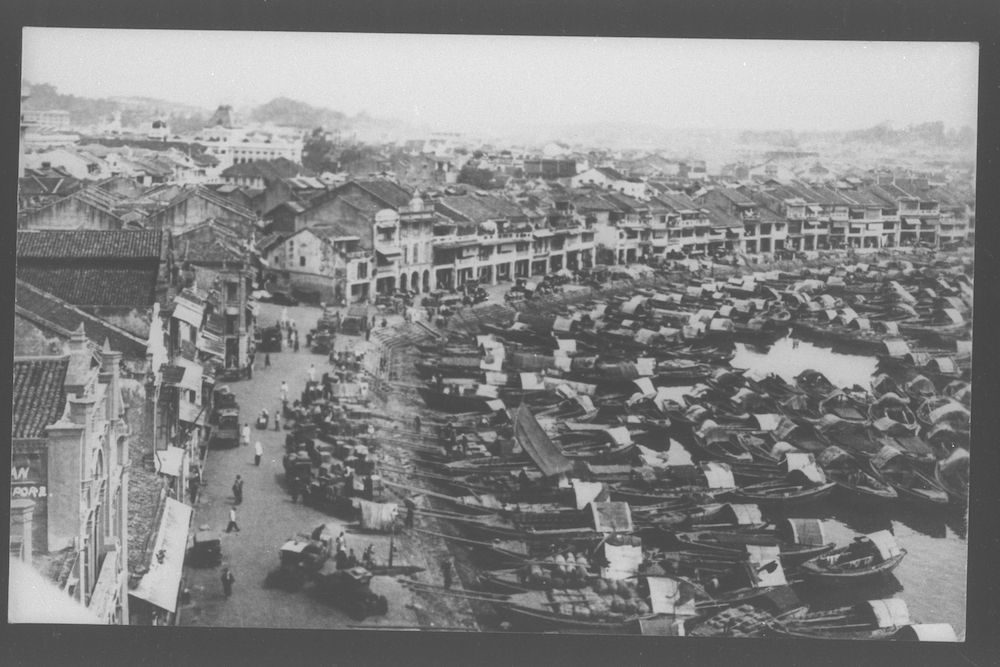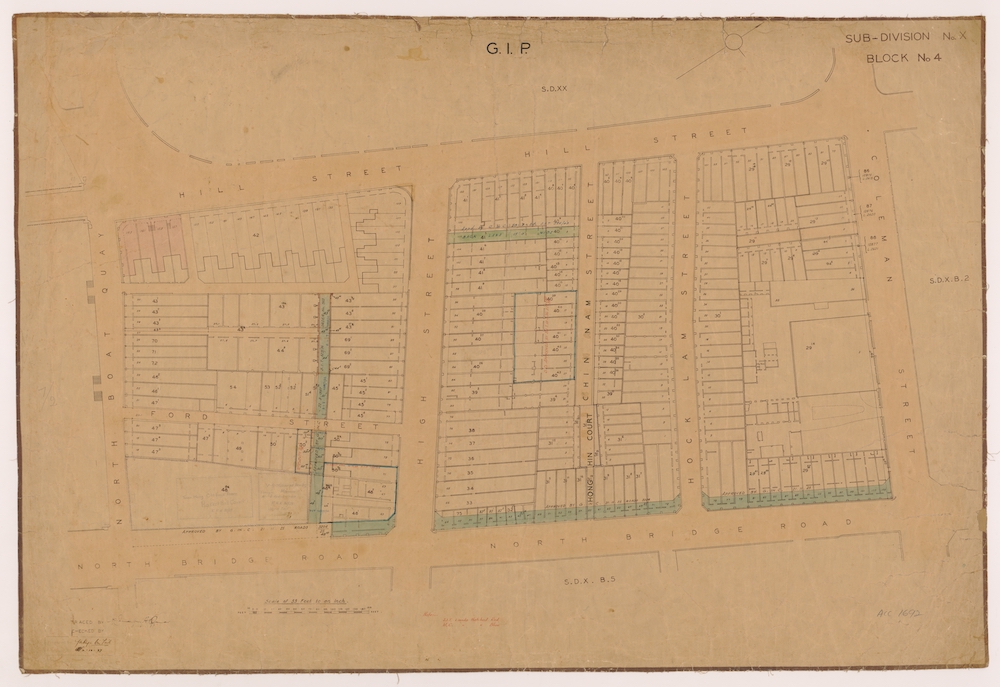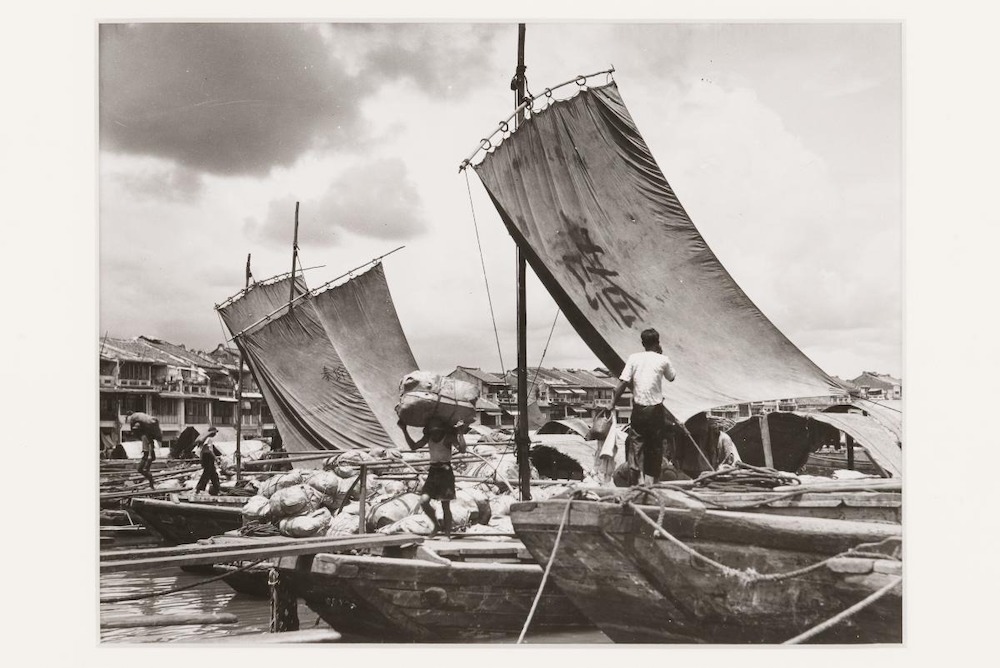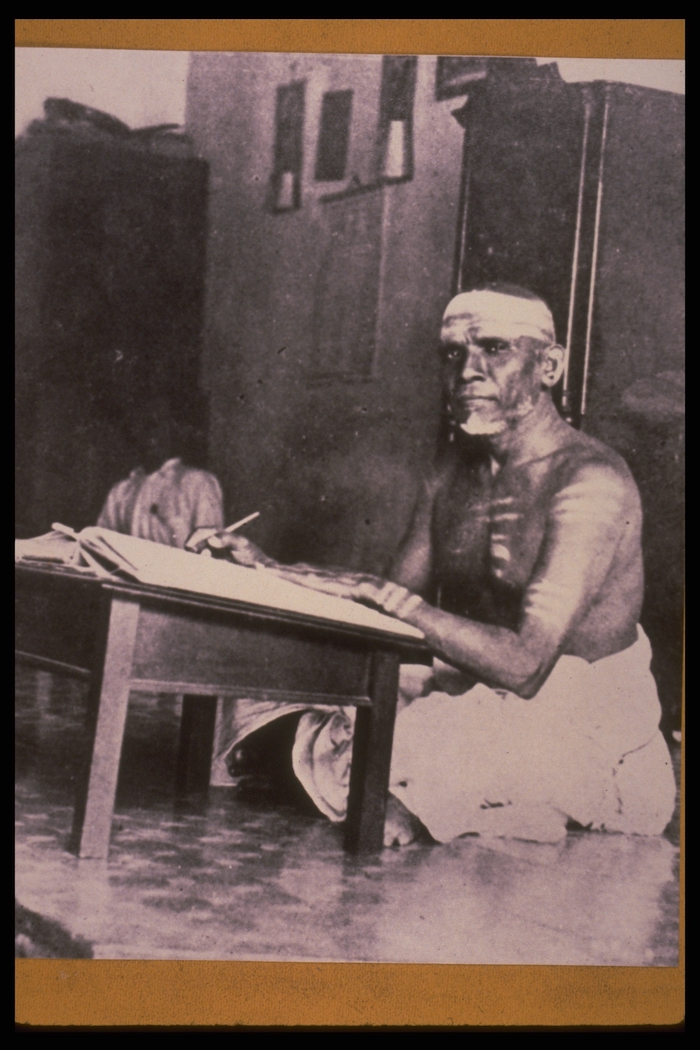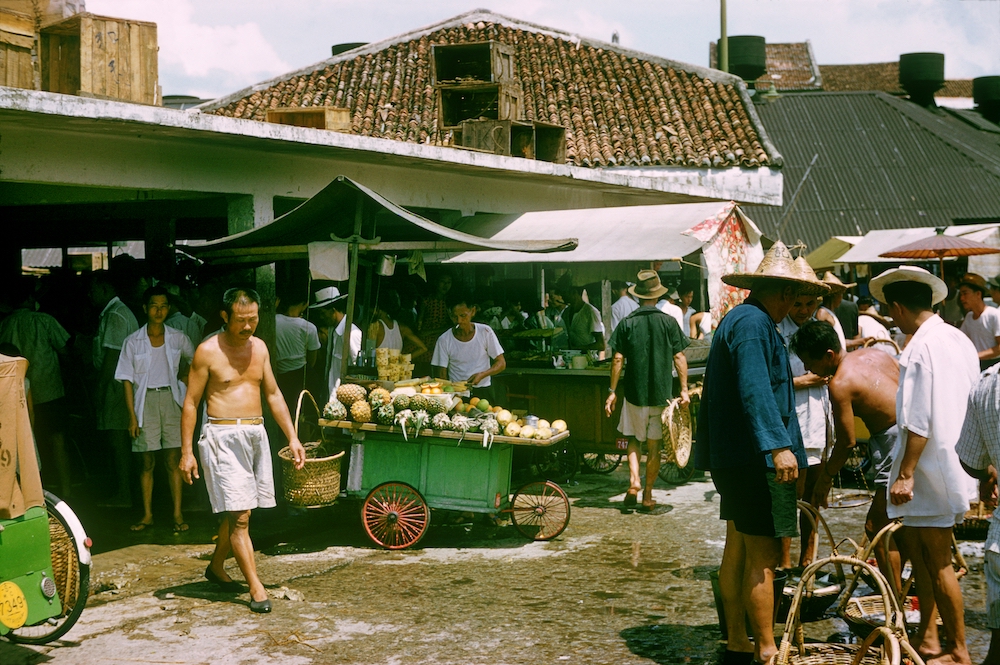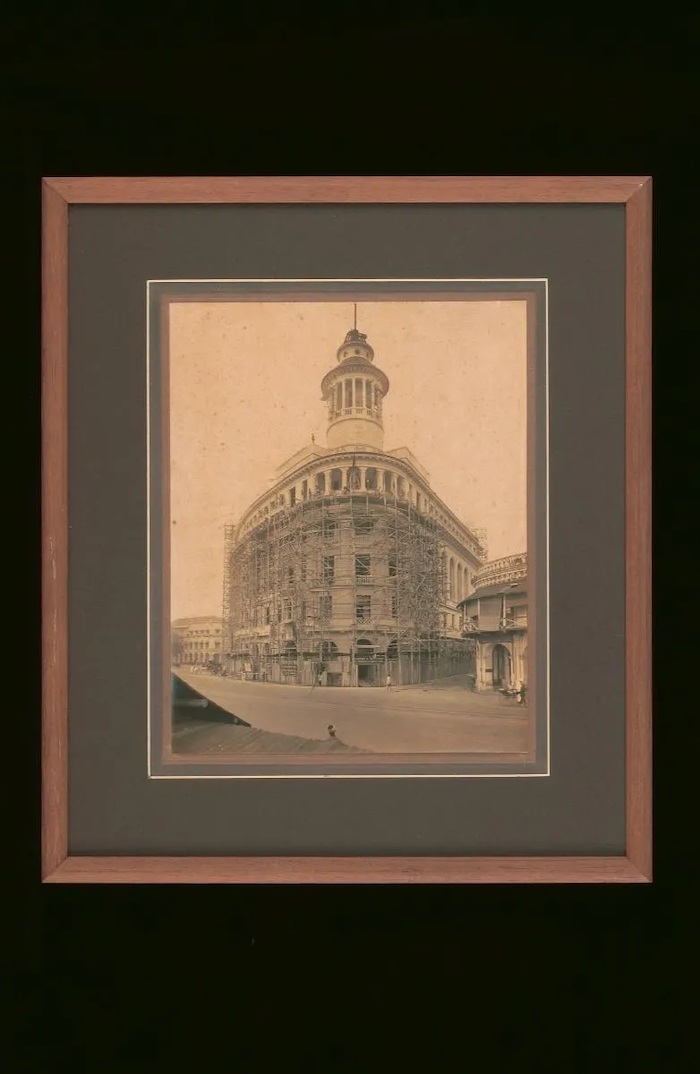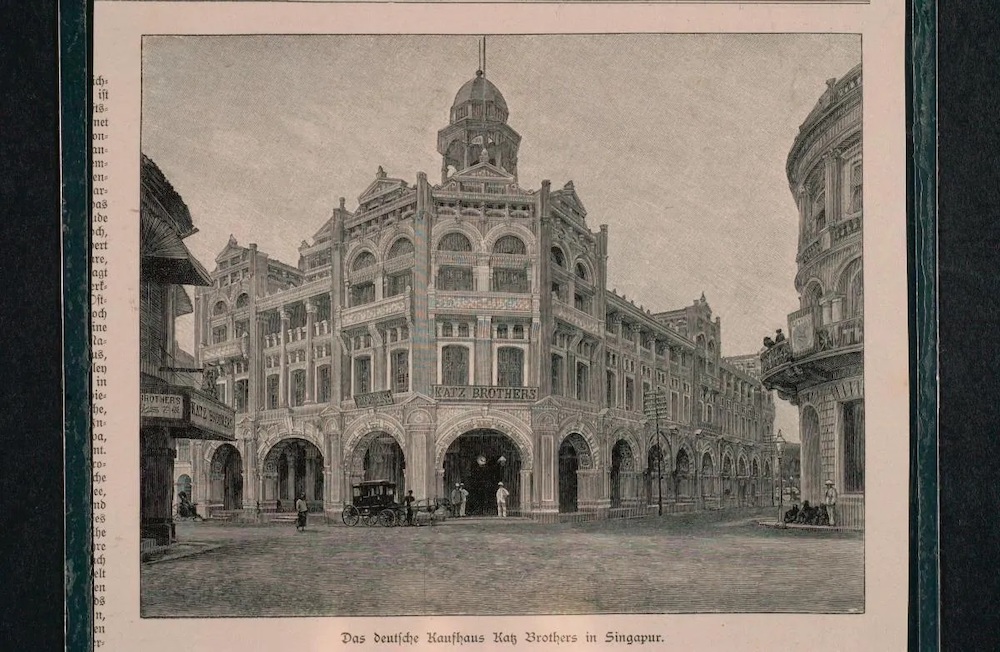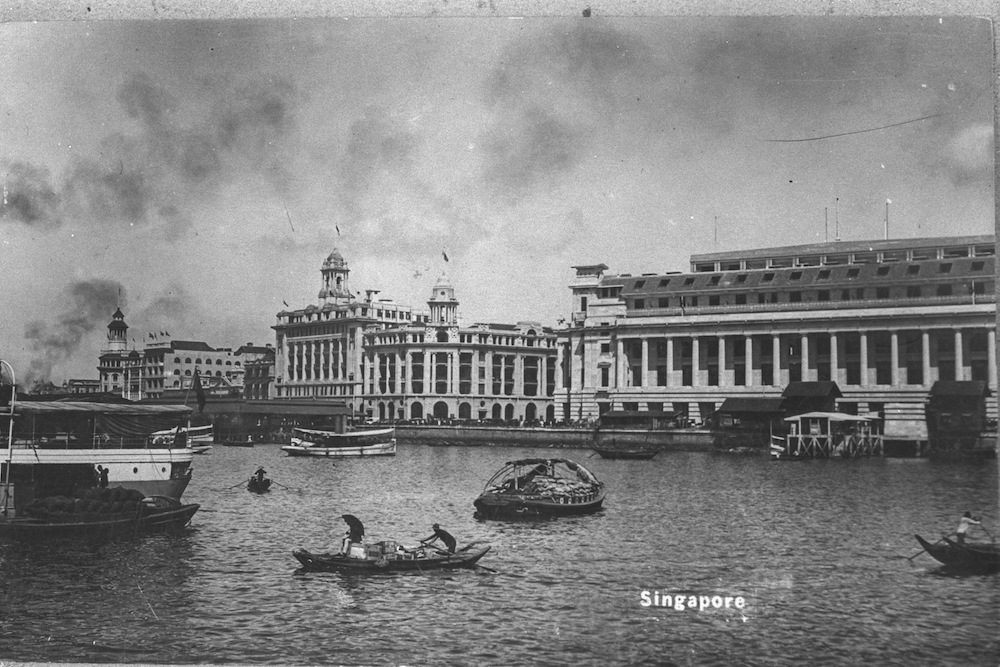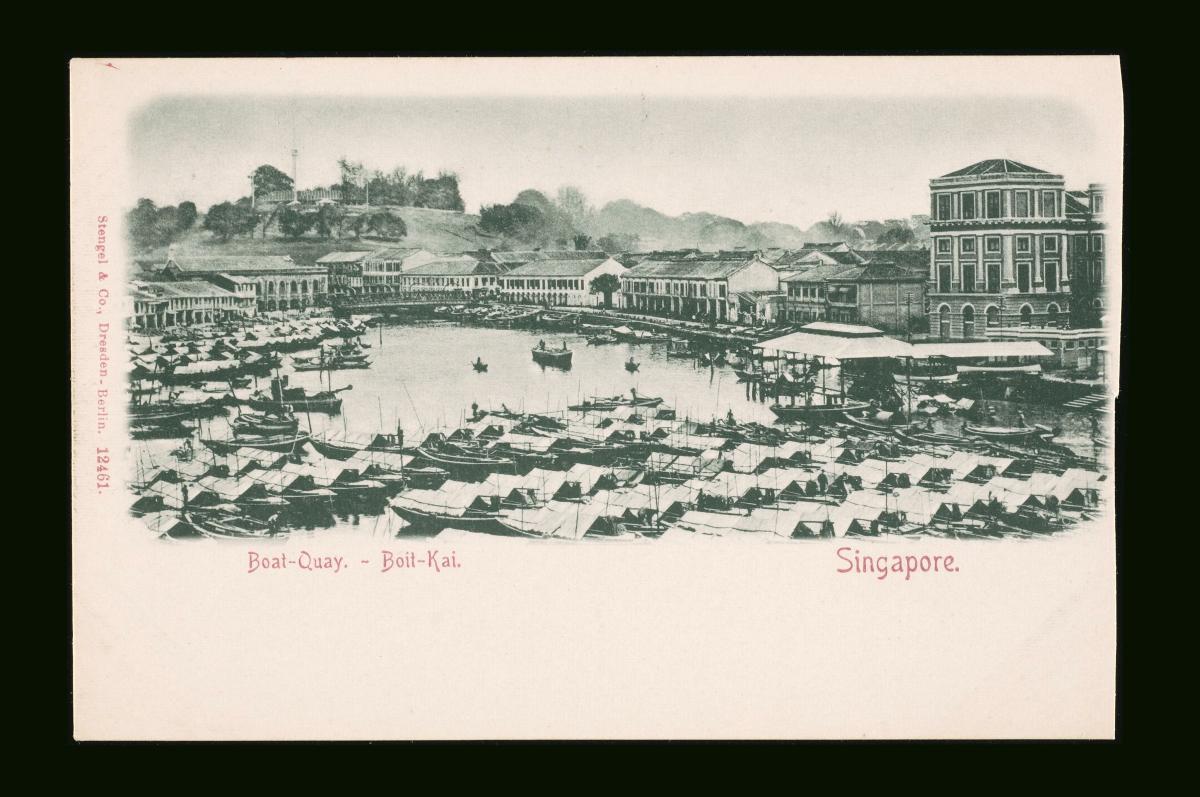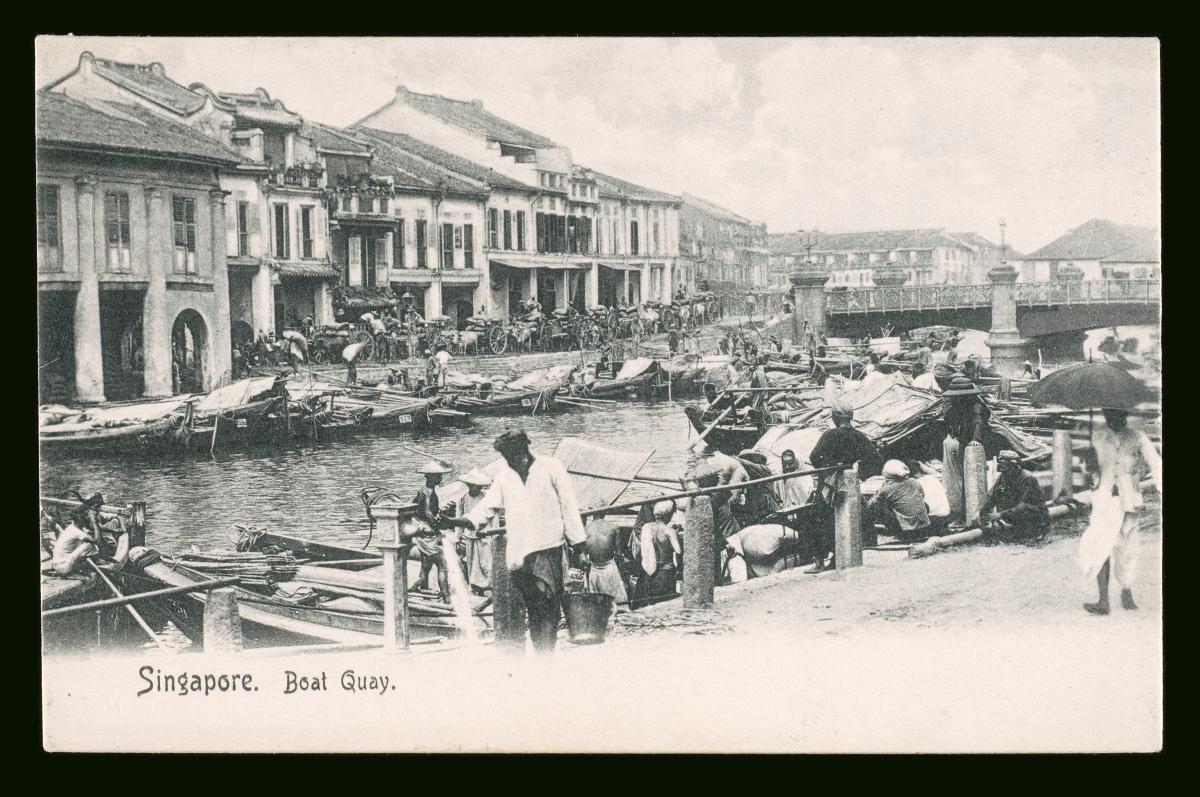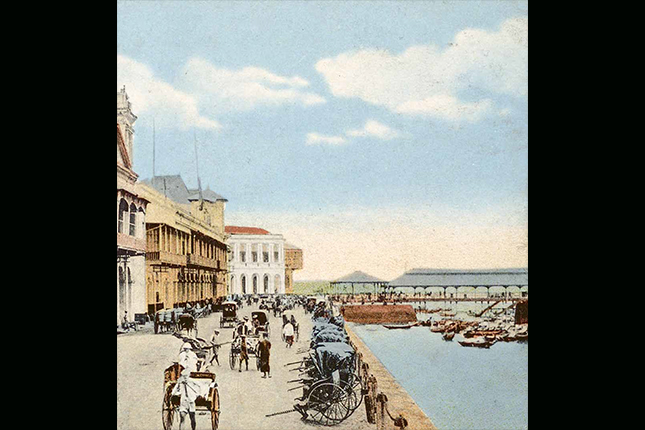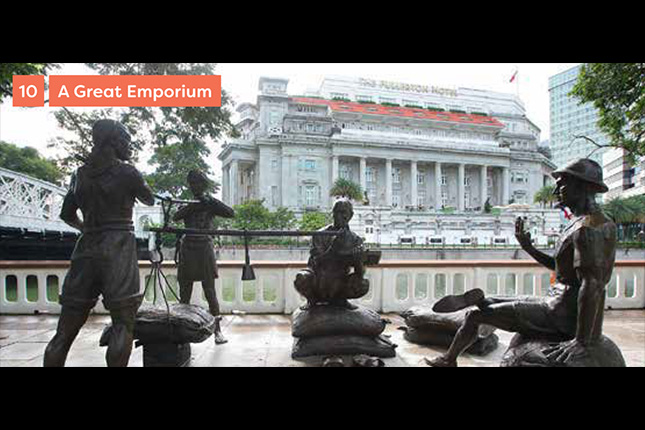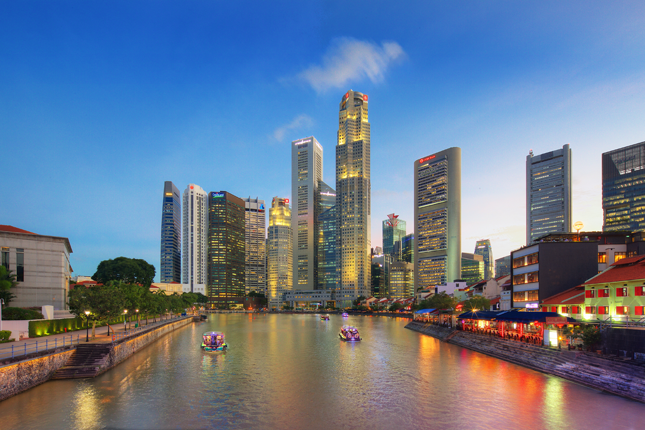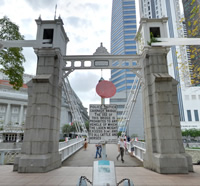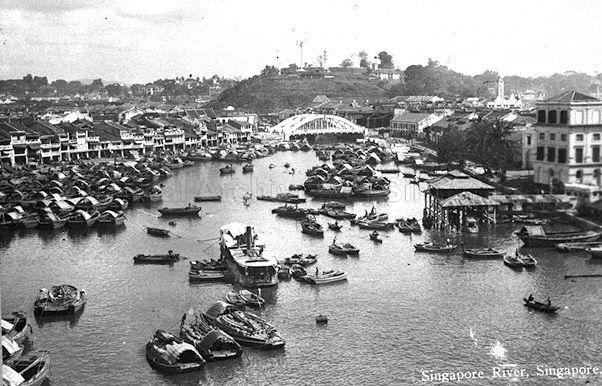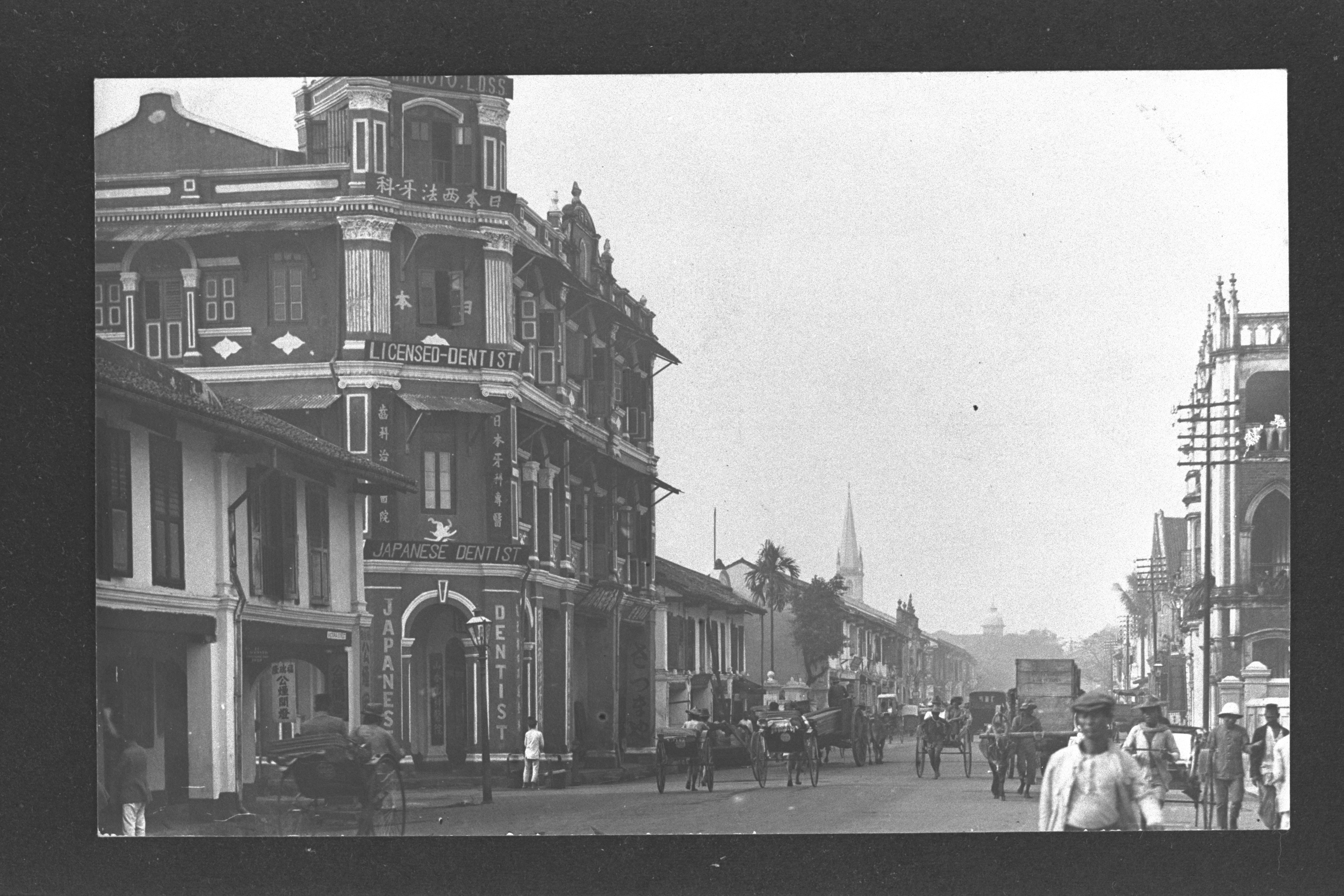TL;DR
The Singapore River has served as the region’s emporium for generations. Along its banks, a diverse community of Chinese merchants, European traders, Indian money lenders, and Asian labourers created a compact, eclectic commercial hub. Since the 1900s, they engaged in trading commodities, chartering ships, handling remittances, and moving goods along Boat Quay and its neighbouring streets. This article explores the businesses that flourished around Boat Quay in the early 20th century, drawing from The Directory of Registered Business Names and Companies of Singapore 1949 and archival maps.Yellowed Pages and Maps
During research into small businesses in Chinatown, the research team uncovered the Directory of Registered Business Names & Companies of Singapore 1949 – a compendium of over 14,700 companies that served as a ‘Yellow Pages’ or business directory of the time. Combined with maps from the National Archives of Singapore, these documents reveal a picture of the spread of businesses around the Singapore River in the early 20th century.
The River’s Two Banks
Singapore’s business district cartographically begins at Town Subdivision No.1 Block 1, along the southern banks of the Singapore River—directly opposite the Survey Department at Empress Place. The main arteries of Cecil Street, Collyer Quay, and Raffles Place formed the backbone of what would become one of Asia’s most important commercial centres. The southern bank of Boat Quay housed import-export firms dealing in spices and textiles, whilst commissioning agents facilitated trade. Ship owners, agents, and lighterage providers managed vessel traffic and cargo transfer via bumboats. The rubber trade, fundamental to Singapore’s economy, thrived here.
The north bank of Boat Quay complemented these activities with fire insurance companies, shipping agents, rice wholesalers and motor oil dealers, creating a comprehensive maritime commerce ecosystem.
The Commercial Quarter
Further inland, on what is now Raffles Place, Robinson Road exemplified the commercial district’s remarkably diverse set of businesses. Nanyang Printers served the area’s publishing needs, while wire agency Reuters’ office gathered news from across the region. Pioneering entertainment establishments such as Paramount Film Service and Shaw Brothers were also located in the area. The Gramophone Company made history in 1903 by recording Singapore’s first local music, including Malay songs and Chinese opera, marking the street as a cultural as well as commercial hub.
Market Street, nicknamed “money street”, housed over 120 Chettiar money lenders, who provided vital financing to surrounding businesses, foreshadowing the district’s future role as a banking center. The concentration of Chettiar businesses on the street also led to the establishment of various Indian businesses, including ghee merchants and traditional goldsmiths, who served both practical and ceremonial needs.
The area which is present-day Clarke Quay contained several important but now-vanished streets which served specific industries. The Ellenborough area, including Fish Street, specialised in wholesale and dried fish trading. Ellenborough Market, known locally as “Teochew Market”, served as a community hub, while other businesses including charcoal dealers and sundries shops created self-contained commercial ecosystems within their streets.
Commercial Architecture
The district’s architecture told a story of ambition and commerce. Ocean Building (1864) along Collyer Quay housed pioneering steamship companies such as Straits Steamship and Ocean Steamship, alongside Mansfield & Co, a prominent shipping agent, and Straits Trading, a major tin trading company. Though less than ten stories tall, it was one of the imposing buildings that altered Singapore’s skyline during the early 1990s.
Winchester House (1906), a four-storey structure at Change Alley, hosted international media including Associated Press, while film distributors and sports equipment dealers occupied other floors. Its strategic location near government offices made it a hub for information and commerce.
Bonham Building (1902) dominated its namesake street with three stories of mixed commercial use. The South Sea Film Corp and Singapore Transcription Services were located here until 1970, when the building made way for the 30-storey UOB Building, marking the first major transition towards Singapore’s modern skyline.
Continuity and Change
The post-independence years brought dramatic changes to the district. Traditional trading houses gave way to financial institutions, while historic buildings were replaced by modern skyscrapers. Ocean Building transformed into Ocean Financial Centre, while Union Building and Winchester House made way for Tung Centre and 16 Collyer Quay. The iconic bumboats along the river disappeared as port operations moved, fundamentally changing the river’s character.
While the physical landscape has changed dramatically, the area’s essential role as an international commerce hub and Singapore’s premier business address remains unchanged, carrying forward a legacy that began nearly two centuries ago on the banks of the Singapore River. The district continues to draw people from all corners of the globe, just as it did in its early days, though they now come to trade in financial instruments rather than physical goods. In this way, the area maintains its historical role as a crucible of commerce, while embracing the future of global business.
This article was part of the National Heritage Board’s Heritage Research Grant project on “Business Networks in a Global City: Chinese Merchants’ Records in Singapore since the Late 19th Century”.




